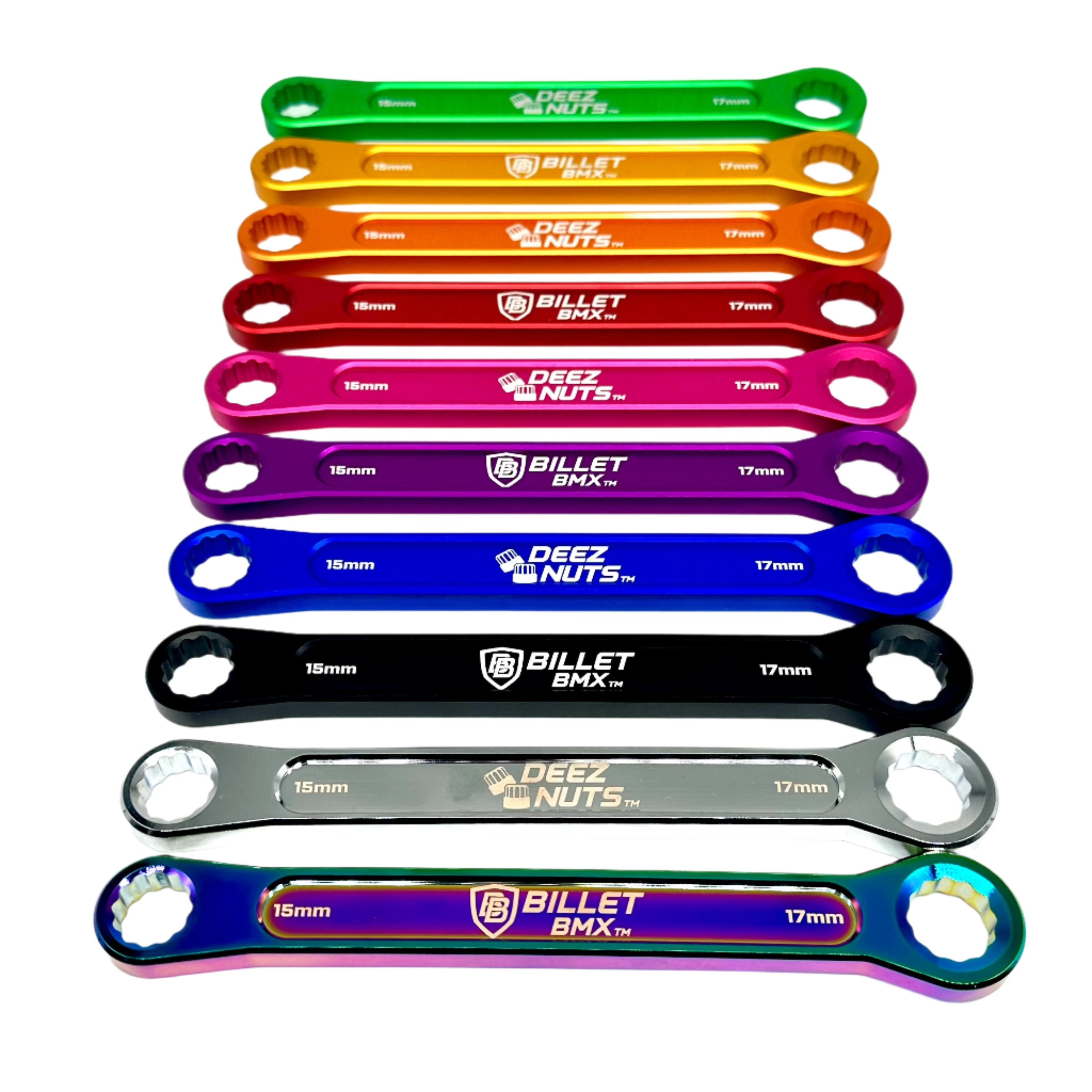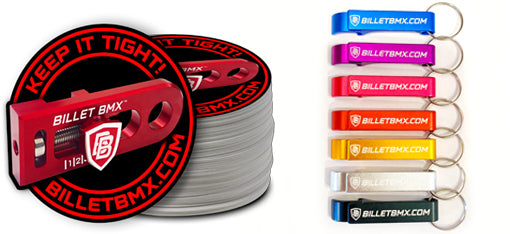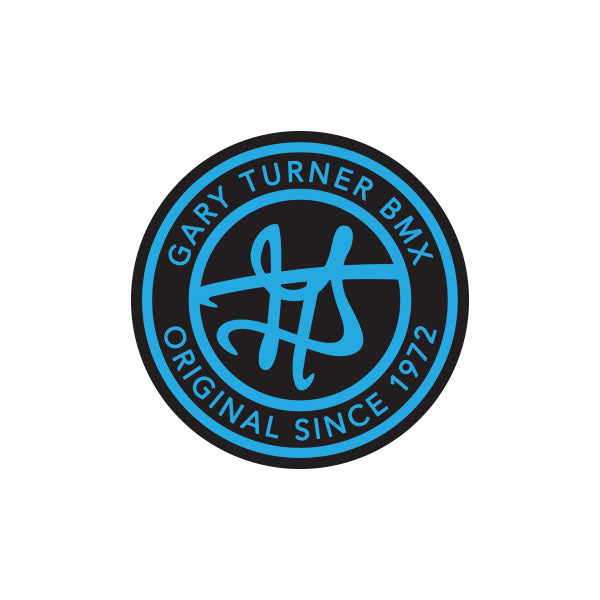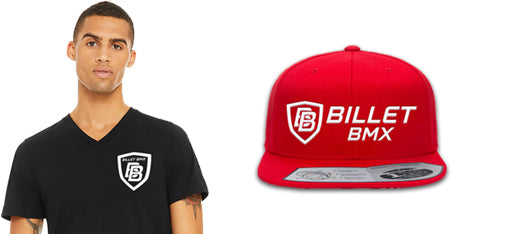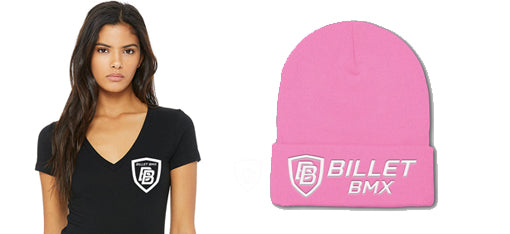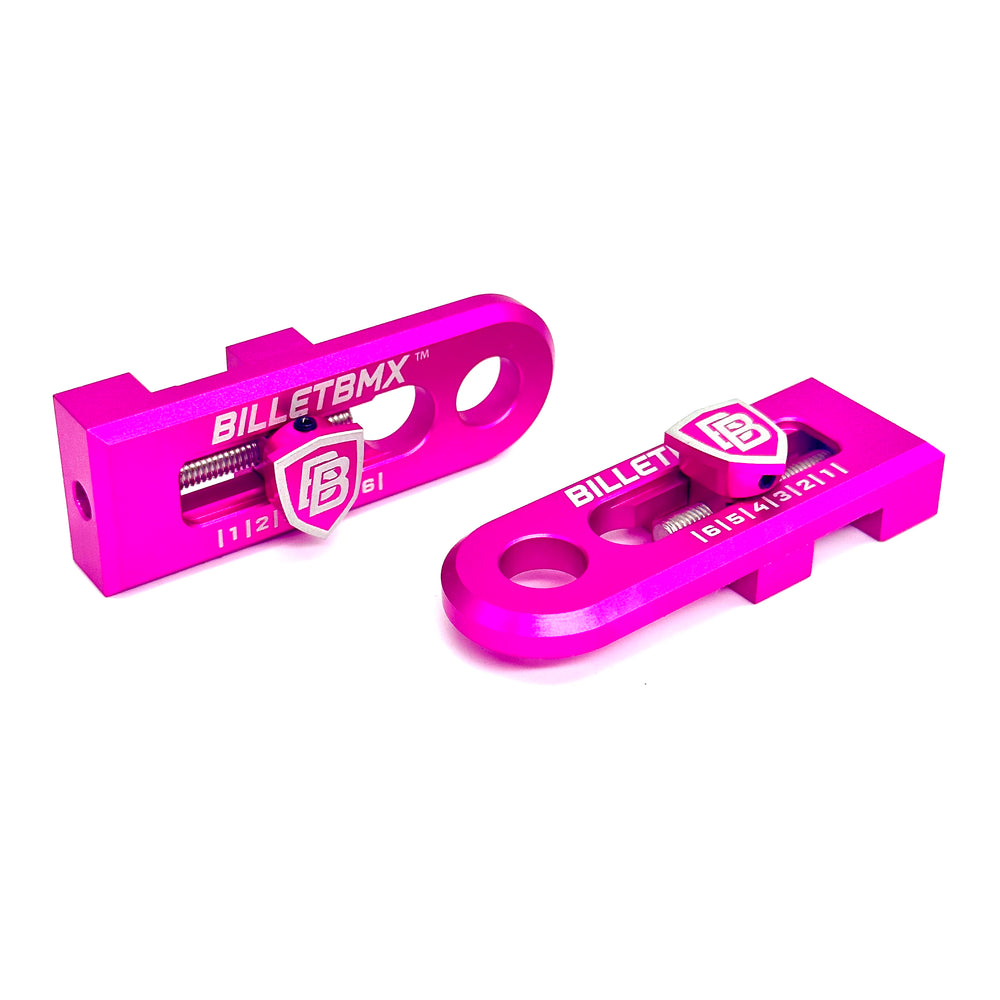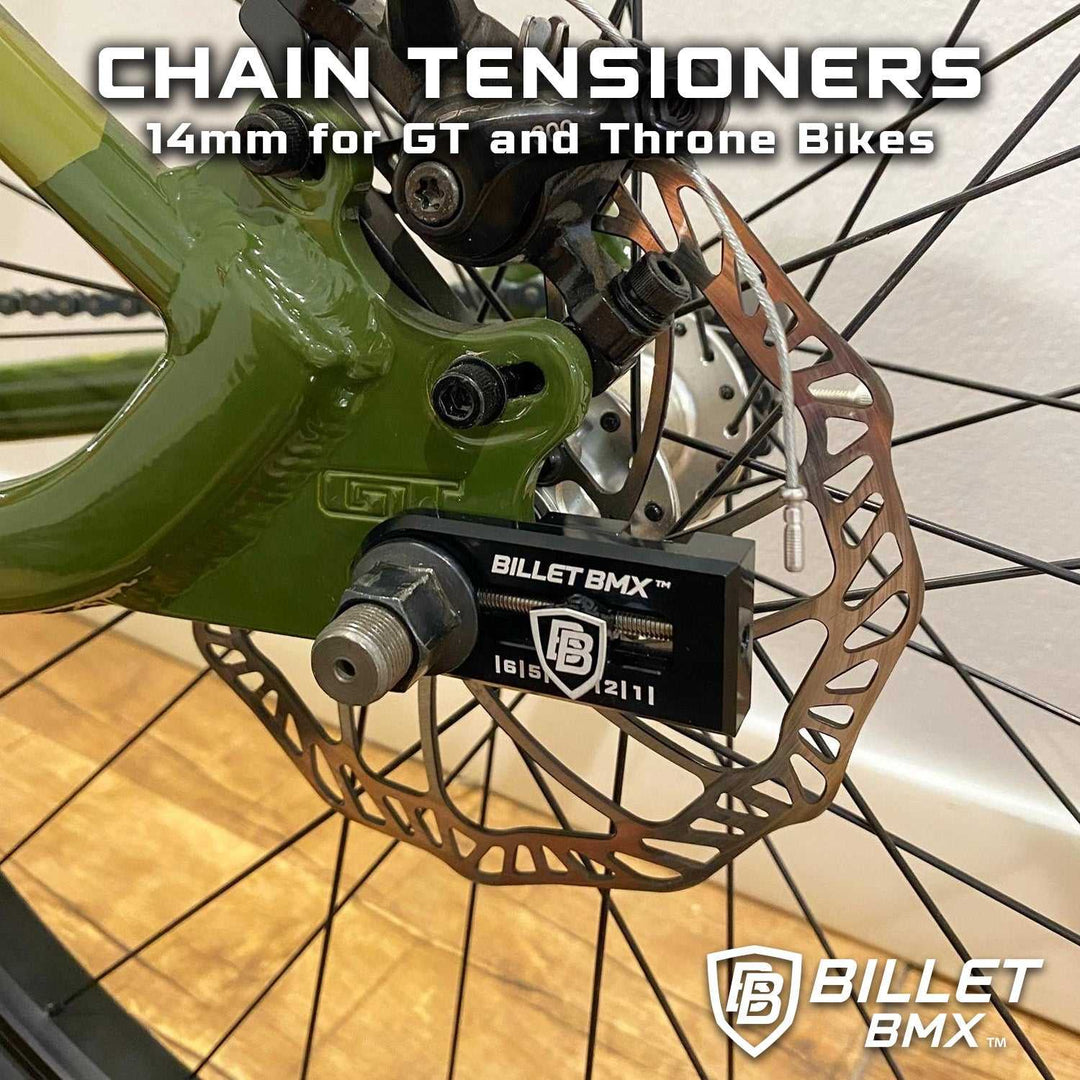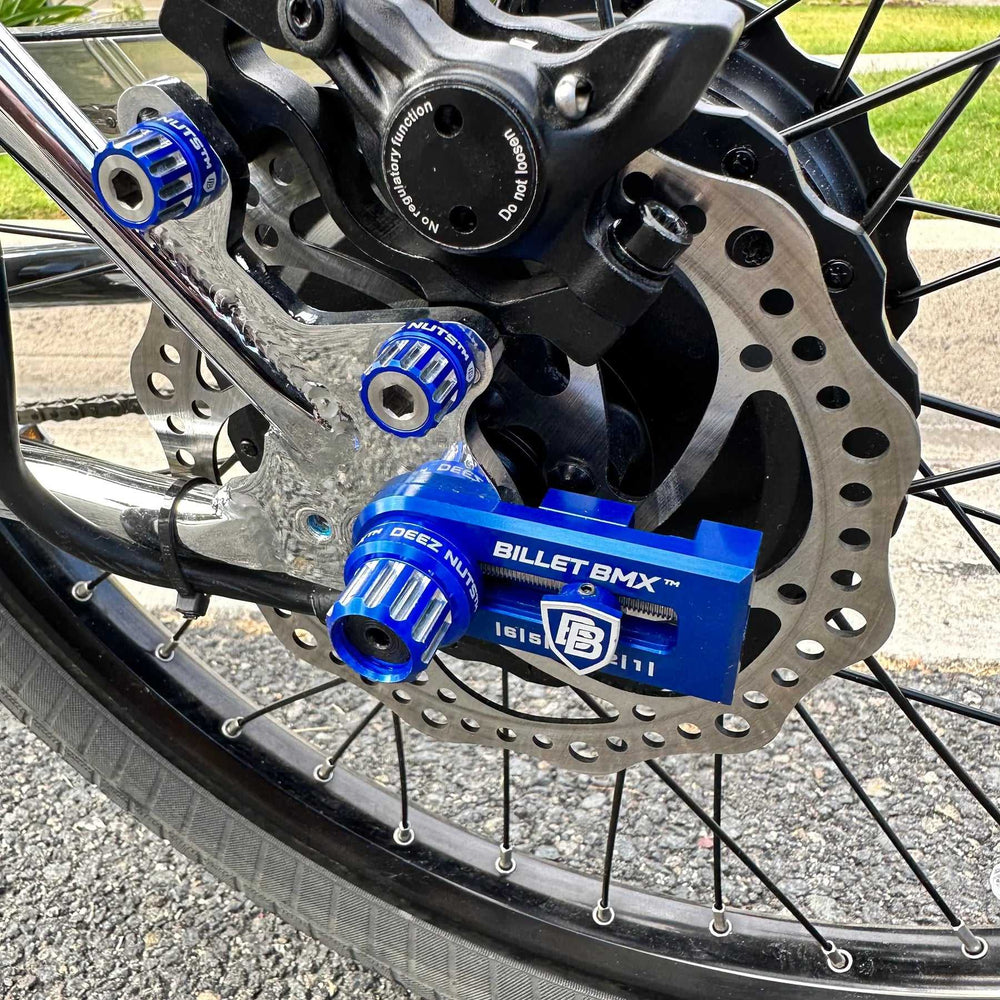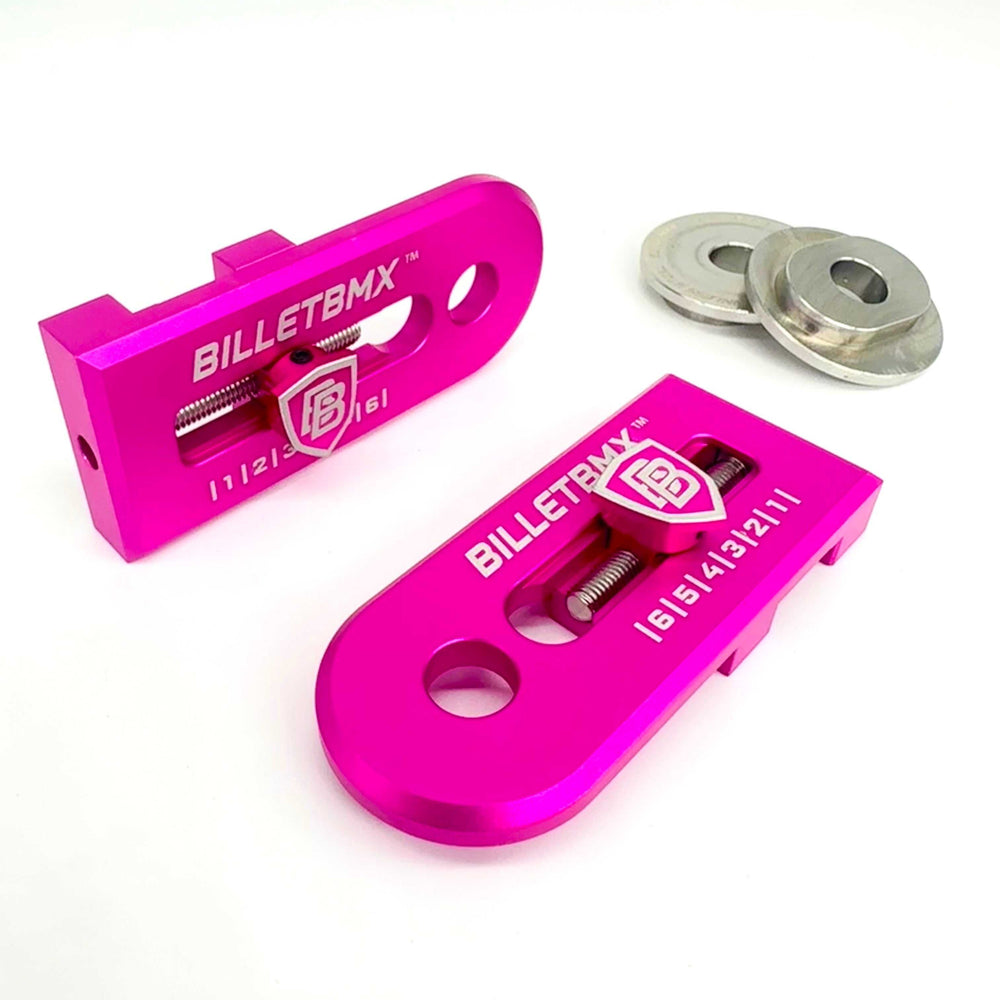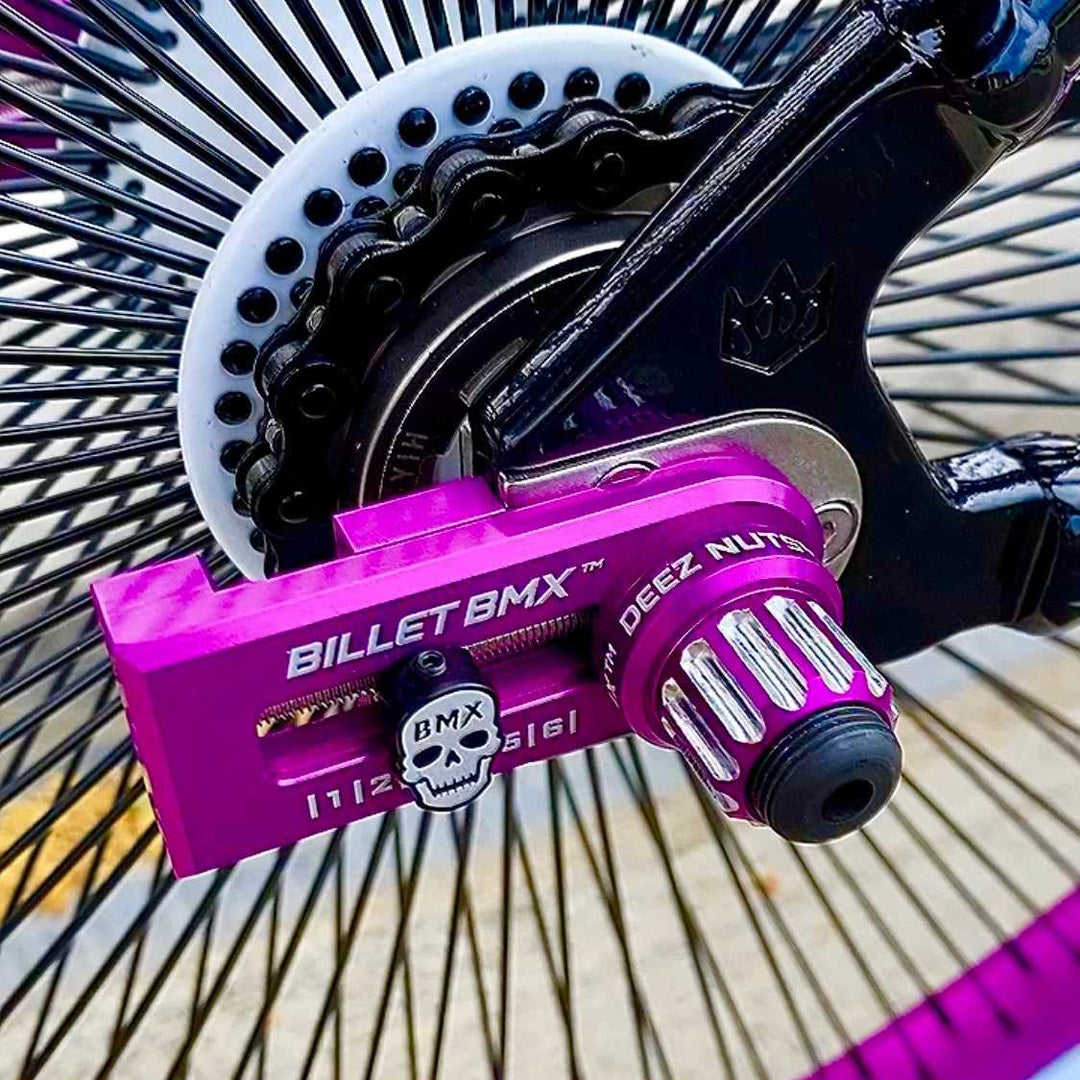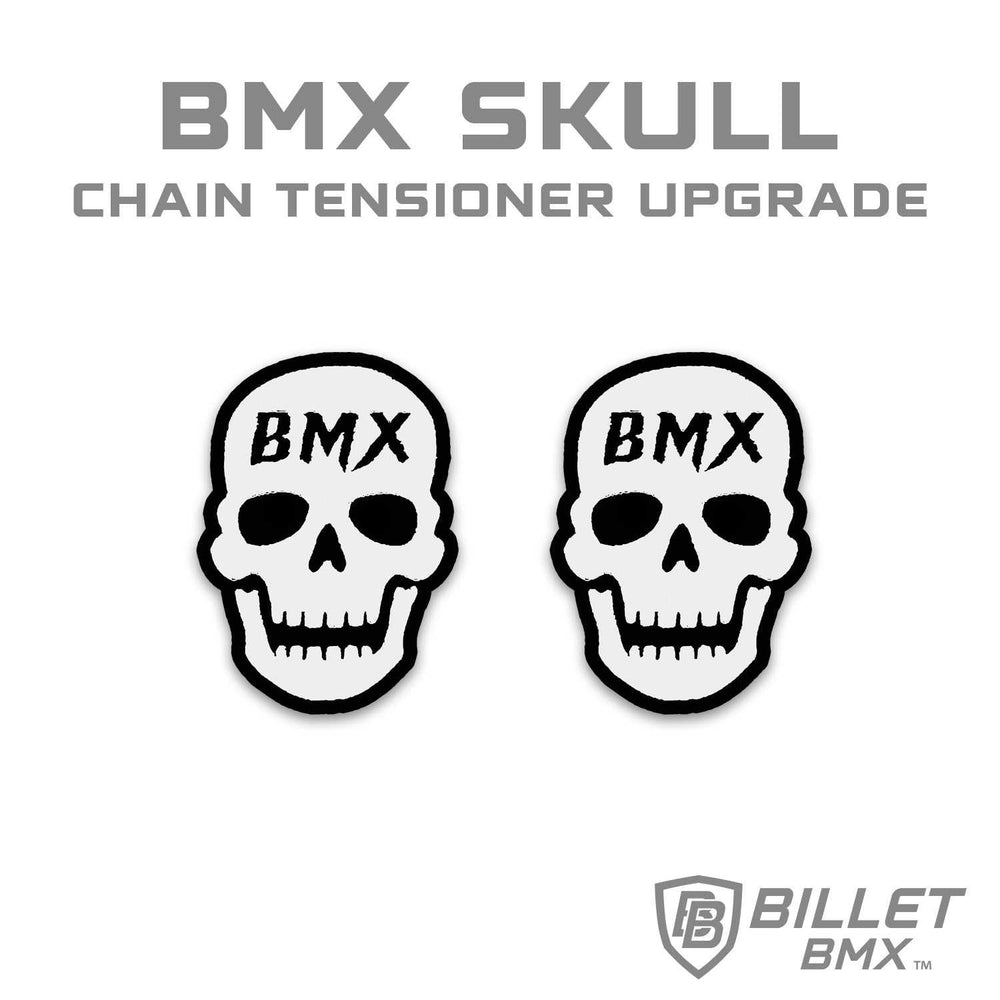Mastering BMX Bike Performance – A Guide to Bicycle Chain Tensioners
When it comes to maintaining your BMX bike’s performance and longevity, one often overlooked but crucial component is the bicycle chain tensioner. Understanding its role and how to select the best one for your needs can make a significant difference in your riding experience. In this comprehensive guide, we’ll explore everything you need to know about bicycle chain tensioners, including their purpose, types, and how to choose the right one for your BMX bike.
What is a bicycle chain tensioner?
A bicycle chain tensioner is a device designed to maintain the proper tension in the chain of a single-speed or BMX bike. It prevents the chain from slipping off the gears, ensures smooth shifting, and helps prolong the lifespan of both the chain and the drivetrain. For BMX riders, where precision and durability are key, having the right chain tensioner can greatly enhance performance.

Why is chain tension important?
Proper chain tension is essential for several reasons:
- Smooth Operation: Adequate tension ensures that the chain remains engaged with the gears, providing a smooth and efficient ride.
- Prevents Slippage: A well-tensioned chain reduces the risk of slippage, which can cause missed shifts or loss of power.
- Reduces Wear and Tear: Correct tension minimizes stress on the chain and gears, leading to less frequent replacements and repairs.
- Improves Safety: Ensuring the chain is properly tensioned reduces the likelihood of accidents caused by chain issues.
Types of bicycle chain tensioners
There are several types of bicycle chain tensioners, each designed to address different needs. Here’s a breakdown of the most common types:
1. Inline Chain Tensioners
Inline chain tensioners are mounted directly on the chainstay of the bike. They feature a simple design and are typically easy to install. These tensioners adjust the chain tension by using a spring-loaded mechanism that compensates for changes in the chain’s length.
Pros:
- Easy installation
- Affordable
- Low maintenance
Cons:
- Limited adjustability
- May not be suitable for all bike setups
2. Derailleur-style chain tensioners
These tensioners mimic the function of a rear derailleur, using a jockey wheel to maintain chain tension. They are often used in bikes with horizontal dropouts or single-speed setups where precise tension adjustment is required.
Pros:
- Precise tension control
- Compatible with various setups
Cons:
- More complex installation
- Higher cost
3. Chain Tug-style Tensioners
Chain tug-style tensioners work by pulling the rear axle backward, increasing chain tension. They are commonly used in fixed-gear bikes and BMX bikes for their simplicity and effectiveness.
Pros:
- Simple design
- Effective for BMX and fixed-gear bikes
Cons:
- May require additional adjustments for perfect tension.
- Not as precise as derailleur-style tensioners
How to Choose the Right Chain Tensioner
Selecting the right bicycle chain tensioner involves considering several factors. Here is a detailed guide to assist you in making an informed choice:
1. Determine Your Bike’s Setup
The type of bike you ride and its drivetrain setup will influence the type of chain tensioner you need. For example:
- Single-Speed Bikes: Inline or derailleur-style tensioners are commonly used.
- BMX Bikes: Chain tug-style tensioners or inline options are often preferred.
2. Consider the Tensioner’s Adjustability
Look for a chain tensioner that offers adequate adjustability to fine-tune the chain tension. This feature is particularly important for bikes with unique setups or if you frequently change components.
3. Check Compatibility
Ensure that the tensioner you choose is compatible with your bike’s frame and drivetrain. Some tensioners may not fit certain frame designs or dropout types.
4. Evaluate the build quality.
Opt for a chain tensioner made from high-quality materials, such as aluminum or steel, to ensure durability and longevity. A well-constructed tensioner can withstand the rigors of intense riding.
5. Read reviews and seek recommendations.
Research different brands and models by reading reviews from other riders. Recommendations from trusted sources can provide valuable insights into the performance and reliability of various tensioners.
Installing and Maintaining Your Chain Tensioner
To ensure optimal performance, proper installation and maintenance are essential. Here’s a brief overview of how to install and maintain your bicycle chain tensioner:
Installation Steps:
- Remove the rear wheel: To access the chainstay or dropout area where the tensioner will be installed.
- Position the Tensioner: Place the tensioner in the desired location, ensuring it aligns with the chain.
- Secure the Tensioner: Tighten the bolts or mounting hardware to secure the tensioner in place.
- Adjust the Tension: Fine-tune the chain tension by adjusting the tensioner according to the manufacturer’s instructions.
- Reinstall the rear wheel. Make sure everything is properly aligned before tightening the wheel bolts.
Maintenance Tips:
-
Regularly Check Tension:
Regularly check the chain tension to make sure it stays within the suggested range.
- Clean and Lubricate: Keep the tensioner clean and lubricate moving parts to prevent wear and ensure smooth operation.
- Inspect for Wear: Check for any signs of damage or wear on the tensioner and replace parts as needed.
Conclusion
A bicycle chain tensioner is a vital component for maintaining the performance and safety of your BMX bike. By understanding the different types of tensioners, choosing the right one for your setup, and following proper installation and maintenance procedures, you can enjoy a smoother, more reliable ride. Whether you’re a seasoned BMX rider or just getting started, investing in a quality chain tensioner from Billet BMX will pay off in improved performance and reduced maintenance. Explore our range of BMX chain tensioners to find the perfect fit for your bike and experience the difference it can make on your rides.



